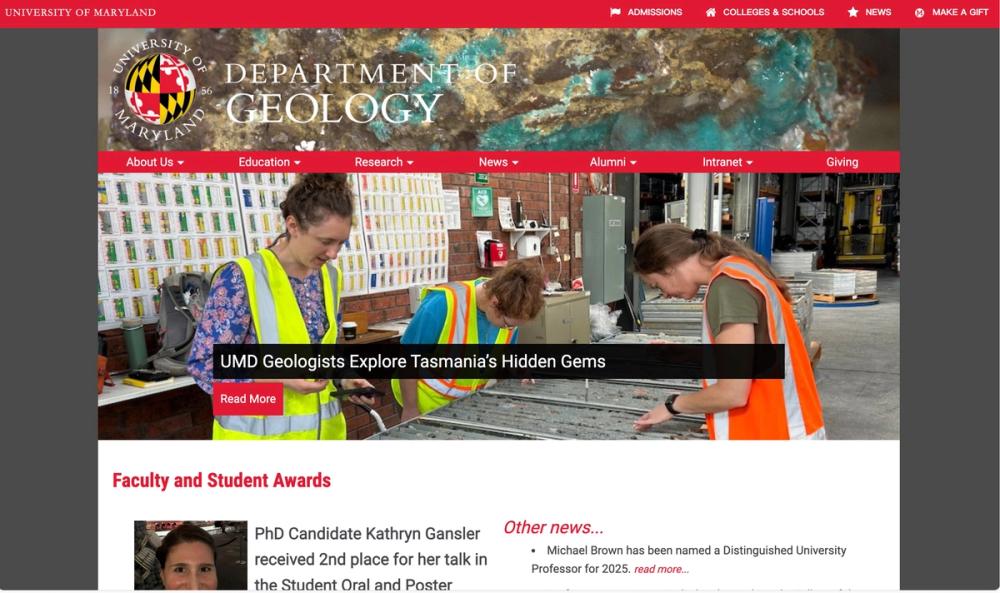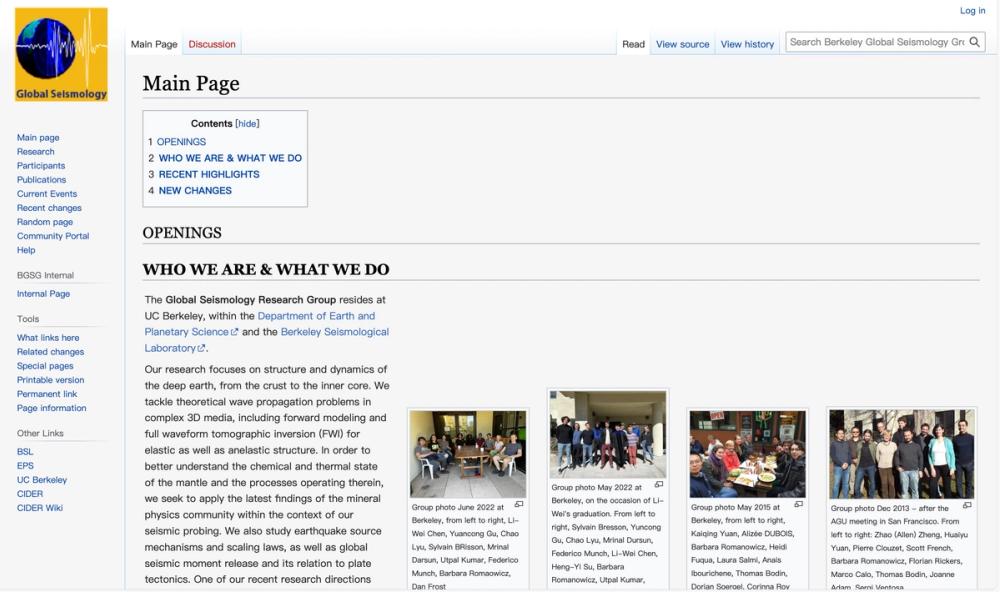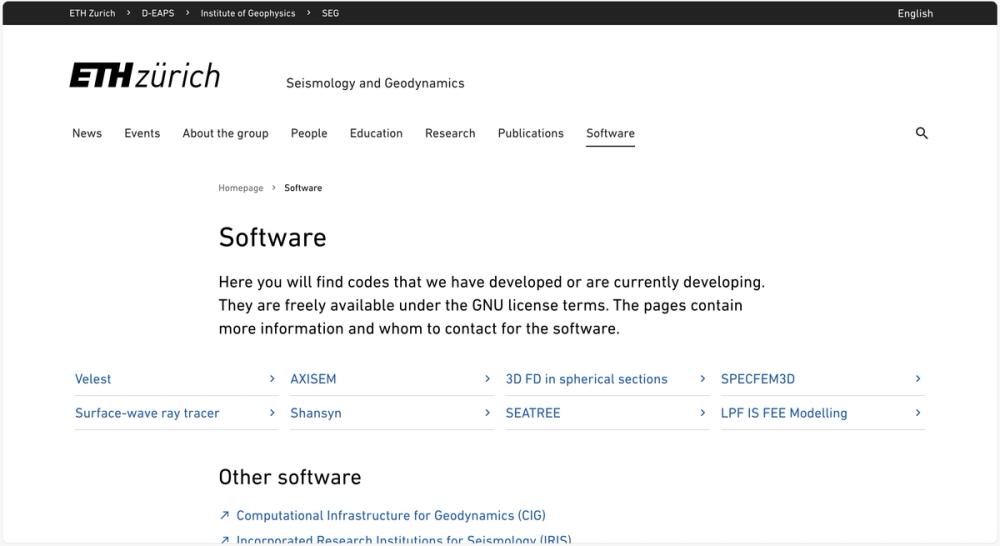Dublin Institute for Advanced Studies (DIAS)
The Dublin Institute for Advanced Studies (DIAS) is a premier research institution based in Dublin, Ireland, dedicated to exploring fundamental questions in science with a significant focus on geophysics through its School of Cosmic Physics. Established over 85 years ago, DIAS has been at the forefront of discovery, contributing to international research in areas such as deep Earth pulses beneath Africa, seismic activity monitoring, and astrophysical phenomena relevant to planetary geophysics. Key features include:
- Research Divisions: The School of Cosmic Physics encompasses geophysics and astronomy & astrophysics, focusing on observational and computational studies of the Earth's core and the broader cosmos.
- Geophysical Contributions: DIAS scientists are involved in groundbreaking discoveries like monitoring earthquake activity in Donegal through community-driven initiatives and studying seismic impacts from cultural events.
- Facilities and Outreach: DIAS operates the Dunsink Observatory, a designated European site of historical significance for physics, and hosts events like the 'Samhain agus Science' to engage the public with scientific research.
Geophysical Applications
DIAS plays a critical role in advancing geophysical research by providing insights into Earth's internal structure and dynamics. Its projects support the understanding of seismic wave propagation, earthquake monitoring, and geohazard assessment through innovative programs like 'Quake Shake' for volunteer-based seismic data collection.
Target Users
DIAS serves a diverse audience including academic researchers, geophysics students, and professional scientists. It is also a valuable resource for engineers working on environmental monitoring and policymakers interested in geohazard mitigation.
Typical Use Cases
- Research and Collaboration: Researchers utilize DIAS resources for international collaborations on seismic and gravitational studies.
- Educational Outreach: Students and educators access DIAS events and publications for learning about geophysical phenomena.
- Community Engagement: Volunteers participate in seismic monitoring projects, contributing to real-time data collection and analysis.
DIAS benefits geophysical research by fostering a multidisciplinary approach, combining theoretical, computational, and observational methods to address complex Earth science challenges.




